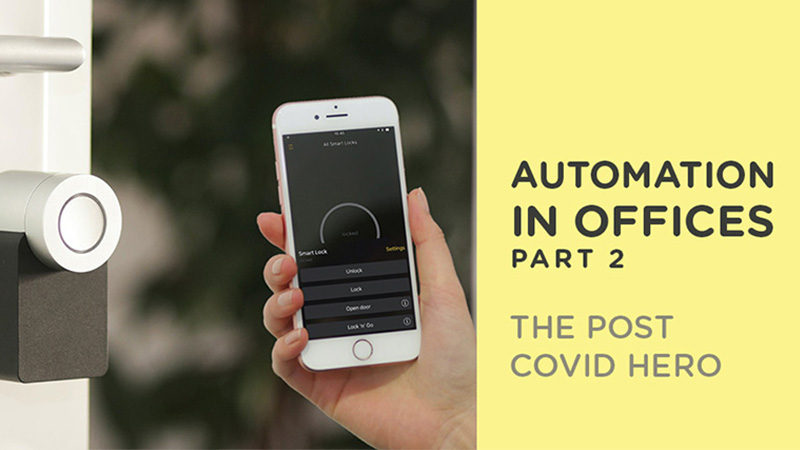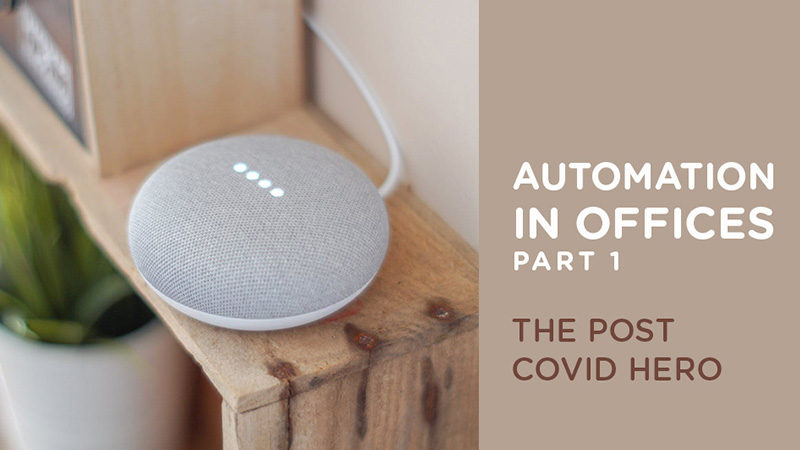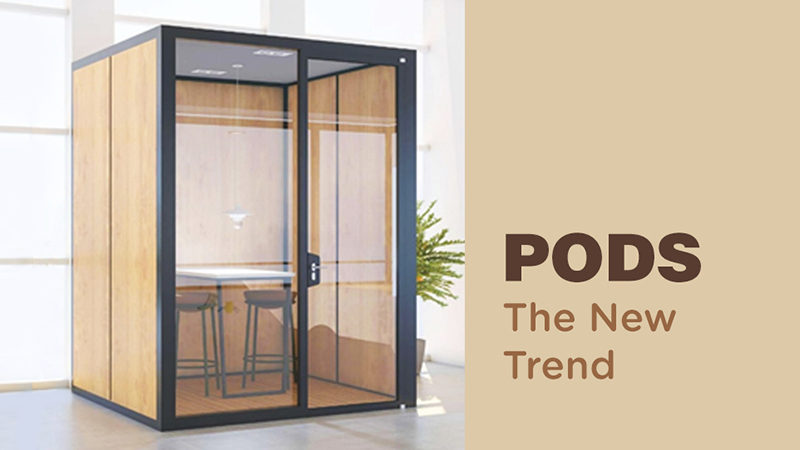
3 RULES FOR HAPPY OFFICES
Why don’t open plan offices work? It’s a design problem.
I’ll take you through how you can increase the productivity in your office by focusing on three major aspects of a happy office! Through the ages, workplaces have evolved from cubicle-farms to open-plan layouts and stayed so since the early 20th century. The concept of open-plan offices was based on Frank Taylor’s ideology of creating maximum industrial efficiency. Created as a catalyst for collaboration and increased productivity, have open-plan offices really lived up to the expectations of employees and companies? The answer is, no!
While the idea of creating an open-plan layout at first sounds promising for growth, communication and collaboration – it completely ignores the human and the social requirements of each employee. Crammed up in rows like cogs in a wheel, the workforce often feels suffocated and distracted! Every employee is different, the way they function, think, act and react to work is different – open-plan layouts tend to forget this and treat the employee just as a “resource”, overlooking their needs and desires. What do they need to be more productive? Here are the rules to keep in mind:
- Facilitate Productivity
Productivity is maximized when the contribution of an employee to the company is respected – provision of break-out areas and deep-work zones allows each employee to work the way they work best. Deep-work zones are absolutely essential for undivided attention and concentration, more gets done in less time! - Create Collaboration
Collaboration, on the other hand, is driven by emotion, rather than forcing it by positioning employees next to each other – creation of breakout areas is a more successful alternative. Breakout areas allow people to come together in a fresh space on neutral ground where they can brainstorm, have team discussions or simply relax. Providing employees with the opportunity to get a breather and de-stress directly shoots up efficiency. - Allow Communication – Don’t Force It
Denis Diderot, a French philosopher talked about “The Fourth Wall” which he believed every actor created between himself and the crowd, to perform better! Put in the context of open-plan offices, employees too, perhaps create a wall between themselves and others in an effort to perform better – dissuading communication instead of facilitating it. Under constant surveillance, though communication may become easier, it is always hesitant. Due to lack of privacy – employees don’t address their issues or seek solutions for them. Negative feedback, on the other hand, becomes a destructive force when delivered in front of an audience. This environment lacks privacy and as we have shown, this could lead to a lack of respect causing employees to be demotivated and self-conscious – in turn reducing productivity. Apart from creating multi-purpose spaces, deep-focus zones, breakout areas and designated workstations – it is imperative for the people in a managerial position to have private or semi-private offices as lot of “heads-down” work needs to be taken care of in seclusion. These offices can also be used for feedback, reprimands, or sensitive discussions.
Open-plan layouts while stealing the privacy and the personal space of employees also lead to lack of valuable communication, productivity and focus! The efficiency tends to go down with time due to distraction and loss of leadership, caused by the absence of boundaries. The future looks bleak for open-plan offices, even more so in the wake of this pandemic. Of all the other ways in which offices will be changing now, be it function, use, materials or layouts – open-plan layouts will certainly be old news, and for good.




